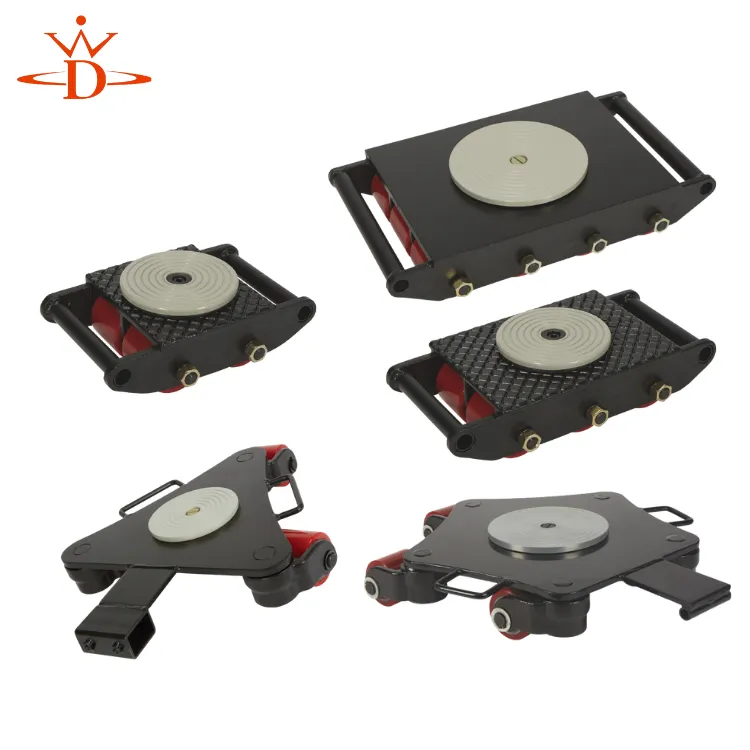Overhead Monorail Crane Systems for Efficient Material Handling Solutions
The Advantages of Monorail Overhead Cranes in Industrial Settings
Monorail overhead cranes are becoming increasingly popular in various industrial environments, including manufacturing, warehouses, and construction sites. These specialized lifting systems offer numerous advantages that enhance operational efficiency, safety, and flexibility. In this article, we will explore the key features and benefits of monorail overhead cranes.
What is a Monorail Overhead Crane?
A monorail overhead crane is a type of lifting equipment that consists of a single rail attached to the ceiling or overhead structure. Unlike traditional bridge cranes that use two rails, monorail cranes operate on a single track, which reduces the amount of infrastructure required for installation. The crane runs along this rail, allowing for the smooth and efficient movement of loads from one point to another.
Space Efficiency
One of the most significant advantages of monorail overhead cranes is their space efficiency. In many industrial facilities, floor space is at a premium. Monorail systems are designed to operate overhead, freeing up valuable floor space for other activities. This allows for better organization and utilization of the working area, making it easier to navigate and perform various tasks concurrently.
Flexibility in Movement
Monorail cranes offer unparalleled flexibility in load movement. Operators can easily transport materials along the length of the monorail, and with the addition of turns and switch tracks, they can effectively navigate around obstacles. This capability makes monorail systems ideal for facilities that require frequent adjustments in workflow, such as assembly lines or maintenance shops. The ease of movement minimizes the time spent transporting materials, thus enhancing productivity.
monorail overhead crane

Improved Safety
Safety is a paramount concern in any industrial setting. Monorail overhead cranes contribute to a safer work environment in several ways. First, by lifting loads overhead, the risk of accidents caused by ground-level obstructions is significantly reduced. Additionally, operators can maintain a safe distance from the loads being lifted, minimizing the potential for accidents. Many modern monorail systems also come equipped with advanced safety features, such as overload protection, limit switches, and emergency stop buttons, further enhancing workplace safety.
Reduced Operational Costs
Another critical advantage of monorail overhead cranes is their potential for reduced operational costs. Their simple design and efficient operation often lead to lower maintenance requirements compared to more complex lifting systems. Furthermore, by improving workflow and productivity, these cranes can help organizations reduce labor costs and increase overall efficiency. The initial investment in a monorail system can often yield significant long-term savings.
Customization and Integration
Monorail overhead cranes are highly customizable, allowing organizations to tailor the system to their specific needs. They can be designed to accommodate various load capacities, lengths, and operational requirements. Additionally, these cranes can easily integrate with other material handling systems, such as automated guided vehicles (AGVs) and conveyor belts, creating a seamless workflow within the facility.
Conclusion
In conclusion, monorail overhead cranes are an excellent choice for businesses looking to improve their material handling capabilities. With advantages such as space efficiency, flexibility in movement, enhanced safety, reduced operational costs, and customization options, it is no wonder that these cranes are gaining traction in various industries. As technology continues to advance, the efficiency and reliability of monorail overhead cranes are expected to grow, making them an even more attractive option for future industrial operations. Investing in a monorail overhead crane can ultimately lead to a more streamlined, safe, and productive work environment.
-
The Ultimate Guide to Heavy Machinery Moving EquipmentNewsAug.04,2025
-
The Evolution of Large Equipment MoversNewsAug.04,2025
-
Maximizing Efficiency with PML Magnetic Lifters in Industrial OperationsNewsAug.04,2025
-
Choosing the Best Small Gantry CraneNewsAug.04,2025
-
Innovations in Permanent Lifting Magnet TechnologyNewsAug.04,2025
-
How to Maintain Your Adjustable Gantry Crane for LongevityNewsAug.04,2025
-
PML 6 Lifting Magnet Troubleshooting GuideNewsJul.25,2025
